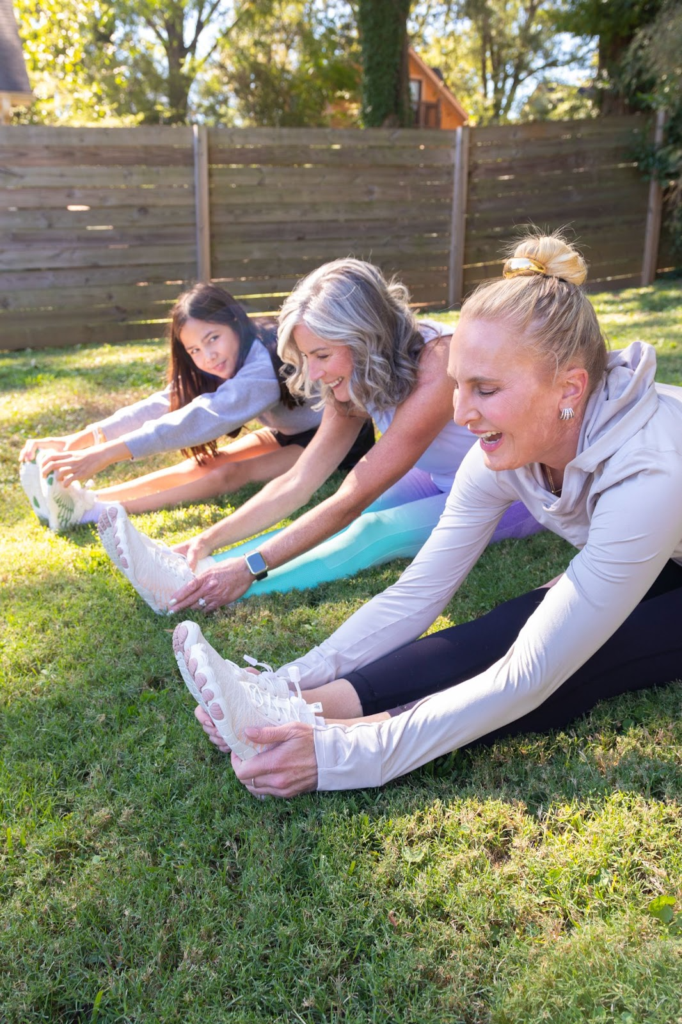When people search for the most comfortable walking shoes, the results are usually filled with heavily cushioned sneakers or orthopedic-style shoes. Comfort is often equated with padding and support. But a growing number of walkers and health-conscious consumers are asking a new question: is thick cushioning really the best path to comfort?
Minimalist and barefoot brands such as Hike Footwear argue that true comfort comes not from extra layers of foam, but from letting the foot move as nature intended.
The Traditional Definition of Comfort
For decades, mainstream shoe companies have promoted comfort through features such as:
- Thick midsoles that absorb shock.
- Elevated heels that reduce pressure on the calf.
- Arch support systems that hold the foot in place.
- Soft padded uppers that hug the foot.
These elements can feel comfortable in the short term, especially for people with sensitive feet or existing pain. However, long-term wear often leads to weak muscles and dependency on artificial support. When the cushioning wears down, so does the sense of comfort.
The Barefoot Approach to Comfort
Hike Footwear takes a different view. Instead of adding more support, the brand removes restrictions so the foot can function naturally. This design philosophy is built around three principles:
- Wide toe box: Toes can spread naturally, improving balance and reducing cramping.
- Zero drop sole: Heel and forefoot are at the same level, encouraging proper posture.
- Flexible outsole: Feet move freely, allowing muscles and tendons to strengthen.
This combination makes comfort sustainable. Rather than masking pain, Hike shoes aim to reduce the causes of discomfort by restoring natural movement.
Why Minimalist Shoes Feel Different
For people used to thick cushioning, barefoot shoes may feel unusual at first. The ground is more noticeable, and the feet have to work harder. But with time, wearers often find that this natural feedback is exactly what makes the shoes more comfortable in the long run.
Walking in barefoot shoes encourages:
- Better posture by aligning the spine.
- Stronger foot muscles that can handle more daily activity.
- Reduced pressure points because weight is spread more evenly.
- A lighter step since there is no excess padding to drag around.
This gradual shift helps explain why many walkers switch permanently once they adjust.
Everyday Walking Comfort
Hike Footwear designs barefoot shoes for everyday use, not just for the outdoors. The everyday collection is lightweight, breathable, and flexible enough for hours of walking around the city. The hiking collection adds grip and water resistance for trails, while the winter line keeps feet warm and dry in colder conditions.
This variety ensures that comfort is not limited to one season or activity. Whether commuting, traveling, or exploring nature, Hike Footwear provides options that stay true to barefoot design.
Short Term Cushioning vs Long Term Comfort
There is no denying that thick cushioned shoes can feel soft when first worn. The problem is that this comfort does not always last. As materials compress, shoes lose their shock absorption and often contribute to aches and imbalances.
Barefoot shoes focus on long-term comfort by strengthening the body itself. Instead of outsourcing support to the shoe, Hike Footwear encourages your feet to provide it naturally. Over time, this approach can reduce discomfort and make walking more effortless.
The Bottom Line
So, what are the most comfortable walking shoes The answer depends on how you define comfort. If you want softness and padding, traditional brands will deliver short term satisfaction. But if you are looking for lasting comfort built on natural movement, barefoot shoes are leading the way.
Hike Footwear shows that comfort is not about adding more layers but about letting your feet do what they were designed to do. With collections for everyday life, hiking, and winter wear, the brand is changing the way people think about walking comfort.
